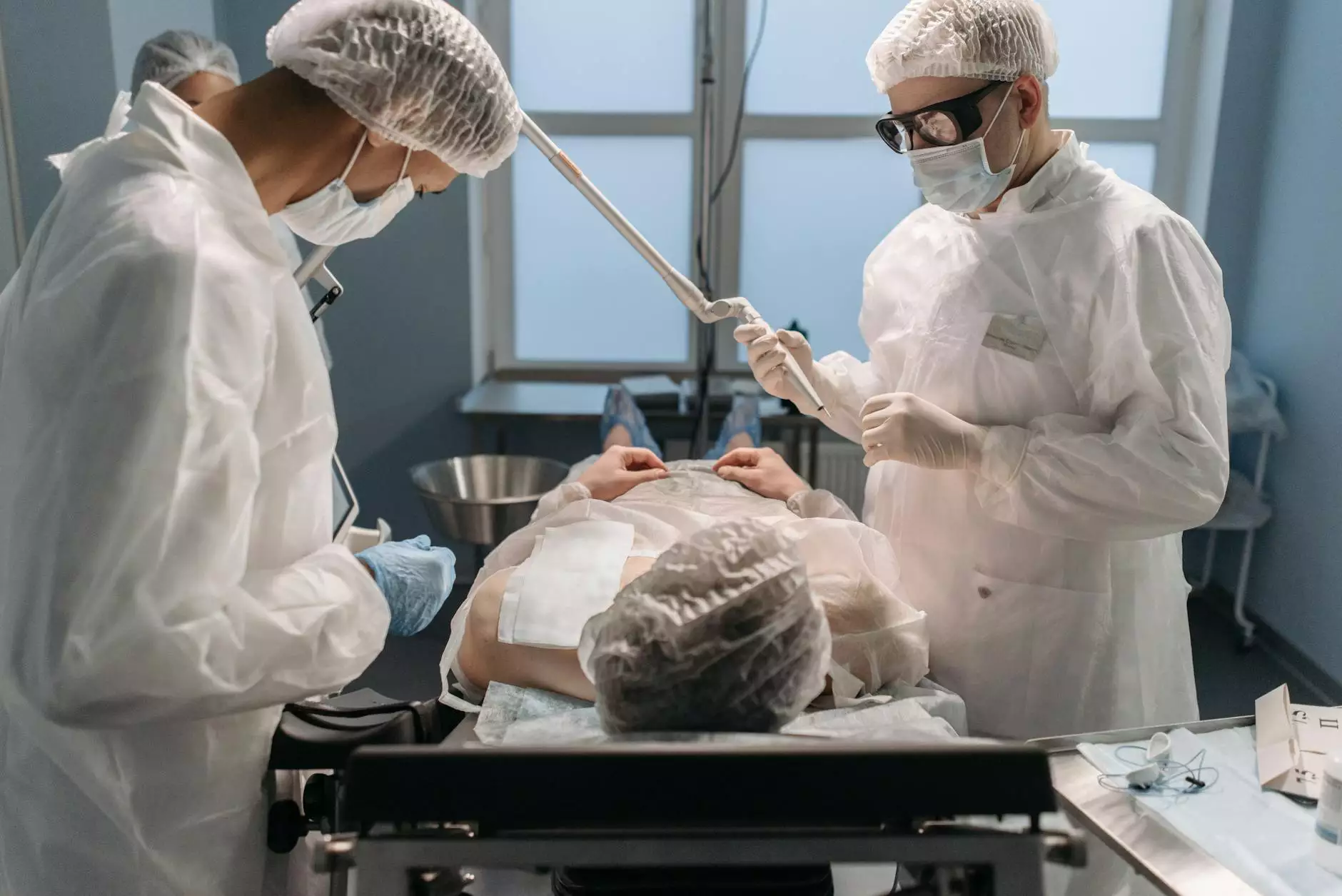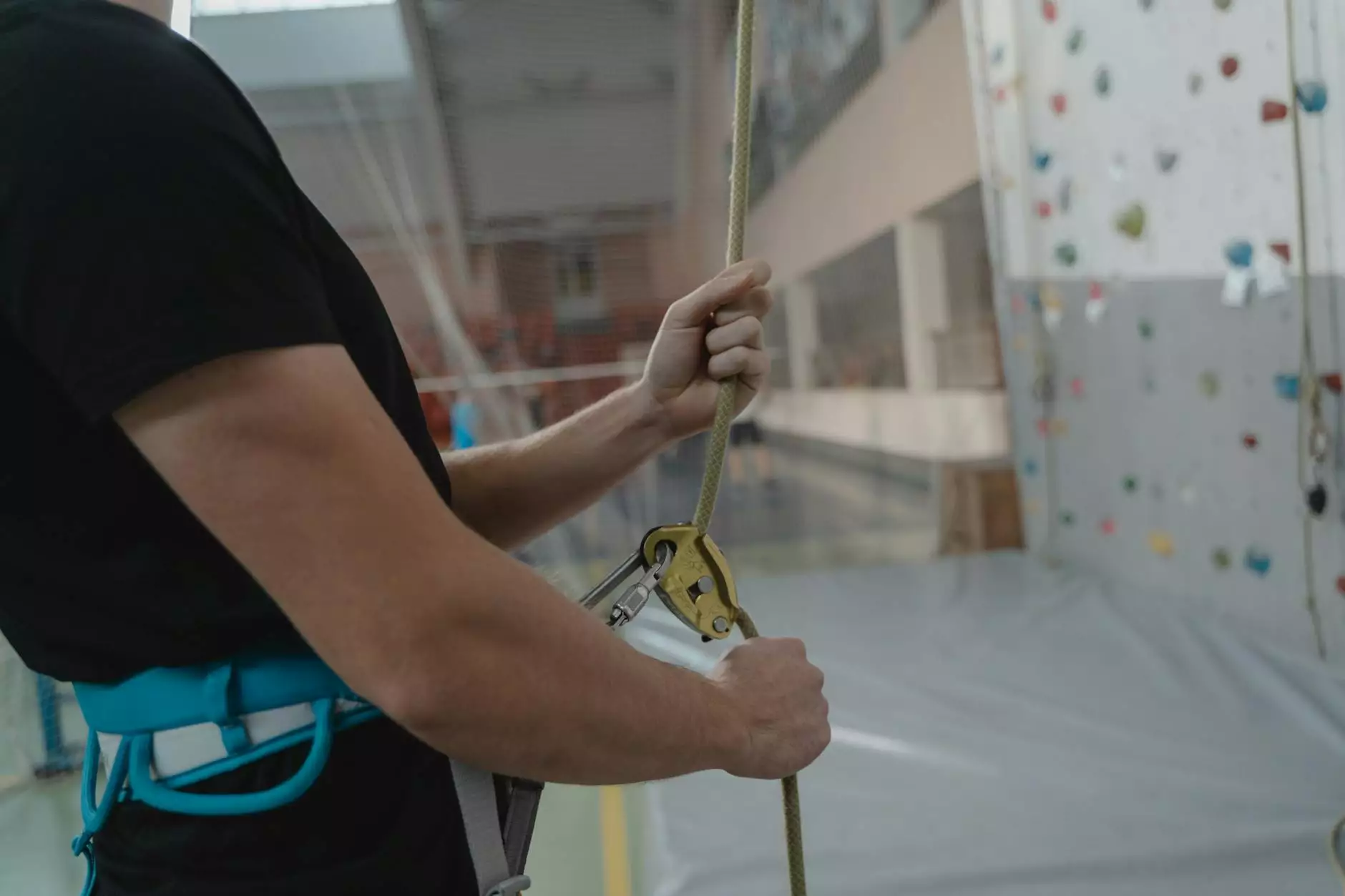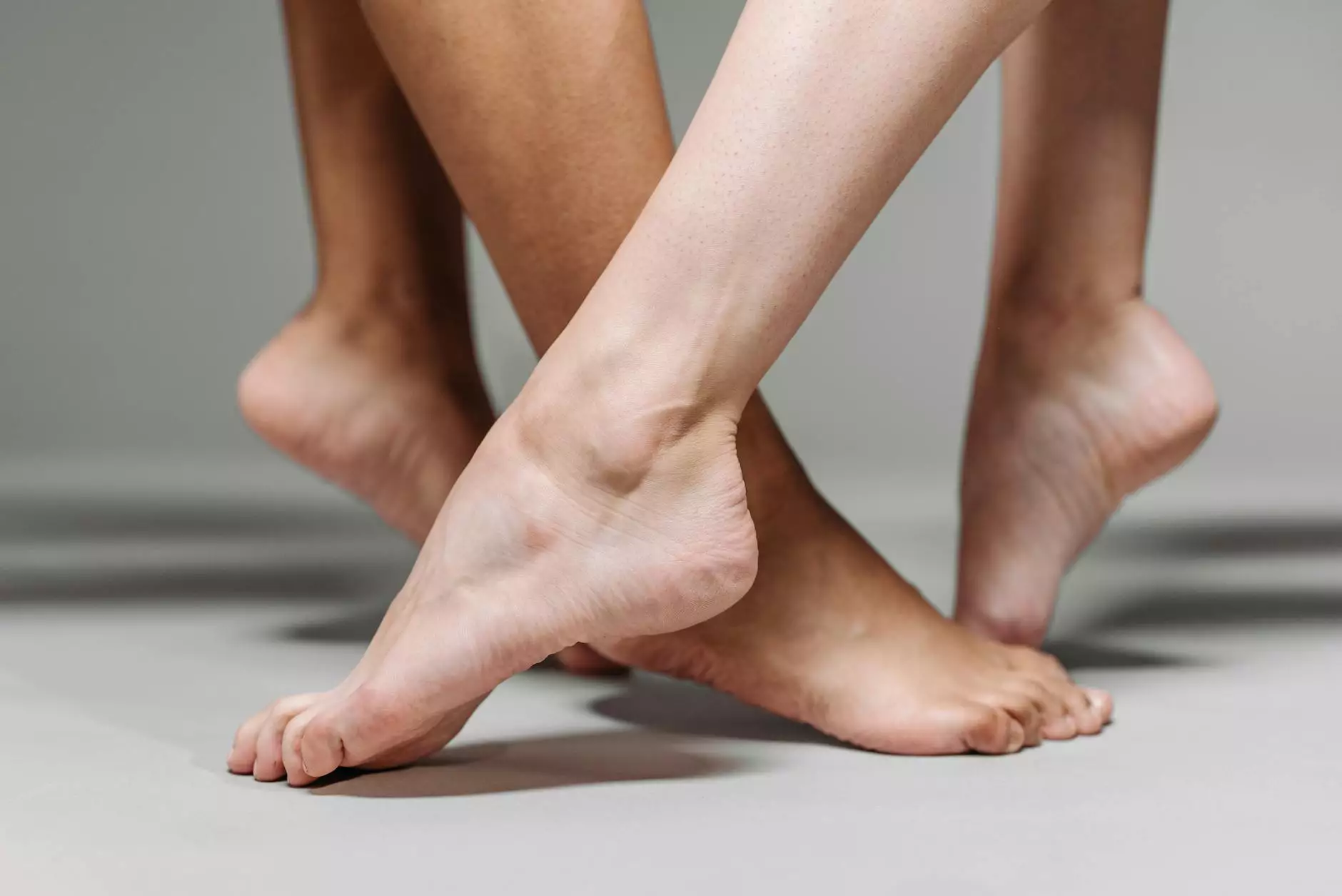The Importance of Shoulder External Rotation Range of Motion in Health and Rehabilitation

Maintaining and improving shoulder external rotation range of motion is vital for individuals in various fields, particularly in health and medical professions, education, and chiropractics. This article aims to delve deep into the multifaceted aspects of shoulder external rotation, emphasizing its significance in rehabilitation, injury prevention, and enhancing physical performance.
Understanding Shoulder Anatomy
To fully appreciate the importance of shoulder external rotation, it’s crucial to have a foundational understanding of shoulder anatomy. The shoulder joint, or glenohumeral joint, is a ball-and-socket joint that allows for a wide range of motion. The bones involved in this joint include:
- Humerus - the upper arm bone that fits into the shoulder socket.
- Scapula - the shoulder blade that contains the glenoid cavity where the humerus articulates.
- Clavicle - the collarbone that connects the shoulder to the torso.
What is Shoulder External Rotation?
Shoulder external rotation refers to the movement of the arm in a way that moves the shoulder joint outward, away from the body. It is a critical component of shoulder range of motion and involves several muscles, including:
- Infraspinatus - one of the rotator cuff muscles that stabilizes and rotates the shoulder.
- Teres minor - another rotator cuff muscle that assists in external rotation.
- Deltoid - particularly the posterior fibers that contribute to this movement.
Significance of Shoulder External Rotation Range of Motion
Maintaining a healthy shoulder external rotation range of motion is essential for several reasons:
1. Injury Prevention
Limitation in shoulder external rotation can lead to compensatory movement patterns that increase the risk of injuries such as rotator cuff tears, shoulder impingement syndrome, and other shoulder-related ailments. Ensuring optimal range of motion is fundamental in preventing these conditions.
2. Enhanced Athletic Performance
For athletes, particularly those involved in overhead sports such as swimming, tennis, and baseball, shoulder external rotation is crucial for effective performance. A full range of motion contributes to improved throwing mechanics and swimming strokes, leading to better performance outcomes.
3. Rehabilitation Post-Injury
Post-injury rehabilitation often focuses on restoring









